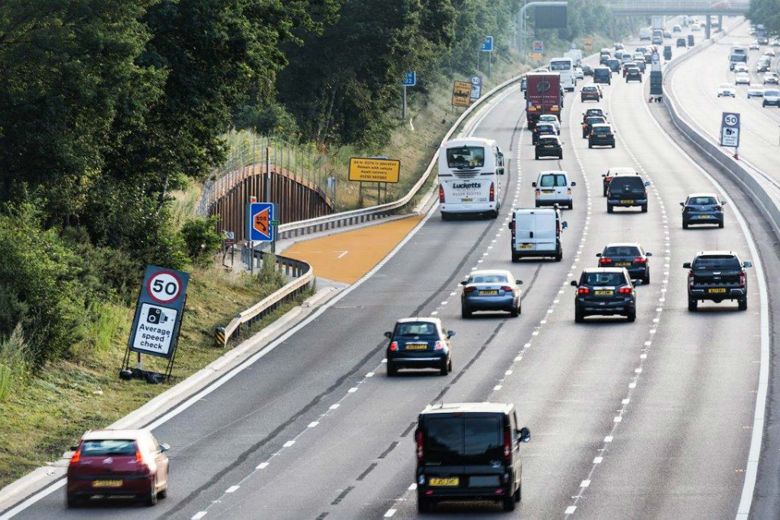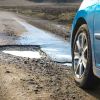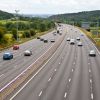It is imperative people get to grips with these emergency refuge areas. or ‘SOS’ lay-bys as they are now being signed, in order to stay safe on motorways.
Read our driving advice guide to discover how an emergency refuge area works and why they have been introduced.
What is an Emergency Refuge Area?
Emergency refuge areas are located on smart motorways and designed to offer a ‘safe haven’ for stranded vehicles on busy vehicles.
They are often positioned up to every 1.5 miles apart, with an emergency telephone available to request assistance.
This makes it difficult for drivers to reach one if they have just passed one while experiencing car troubles.
Introduced by the Government to aid traffic, smart motorways deploy traffic management methods to increase capacity and reduce congestion in busy areas and at peak times.
These methods include using the hard shoulder as a ‘live’ lane and enforcing variable speed limits to control the flow of traffic.
How should you use an Emergency Refuge Area?
.jpg)
If you’ve broken down or have been involved in an accident while on a smart motorway, you should attempt to use an emergency refuge area if it's safe to do so.
These are marked with large blue signs featuring an orange SOS telephone symbol.
Arrows will direct you into an indicated area marked on the tarmac and painted orange, where you should stop and switch on your hazard warning lights.
Occupants should then exit the vehicle from the passenger side and stand behind the crash barrier.
The SOS telephone should be used to speak to a representative at National Highways who will provide further instructions.
You should only use an emergency refuge area in the event of a breakdown or an accident. They are not be used for a rest stop, to make a phone call or to use the toilet.
MORE ADVICE: Are you a middle lane hogger? Here are the facts
What to do if you're unable to access an Emergency Refuge Area?
If you are unable to reach the nearest ERA or exit your vehicle safely follow these steps:
- If you cannot get to an emergency refuge area, you should try to move on to the verge if there is no safety barrier and it is safe to do so.
- Switch on your hazard warning lights.
- If you stop in the nearside lane, exit your vehicle via the nearside (left hand) door if it is safe to do so and wait behind the safety barrier, if there is one.
- If neccesary, dial '999' if you have access to a mobile phone.
- When the relevant highways authority becomes aware of a breakdown or an incident on a smart motorway they should switch on a ‘red cross' sign on the smart motorway gantries above the lane you're in to stop traffic from entering it.
Where can you find Emergency Refuge Areas?
Emergency refuge areas are located on smart motorways where the hard shoulder has been turned into an extra running lane.
The distance between each refuge areas varies, but the furthest you will be away from one is around 1.5 miles.
Why have Emergency Refuge Areas been introduced?
Traditional motorways feature a hard shoulder for drivers to use for stopping in the event of a breakdown, an emergency situation or having been told to stop by the police.
Emergency Refuge Areas are part of the Government's smart motorway plans which use the hard shoulder as an extra running lane, either on a permanent basis or to ease congestion.
The emergency refuge areas have been introduced to replace the hard shoulder, albeit at specific intervals along the motorway. They are designed for emergency use only.
2024 Driving Theory Test app
Want to pass your theory test first time? Download the 2024 Driving Theory Test app featuring fully licensed DVSA theory test questions and hazard perception clips.












